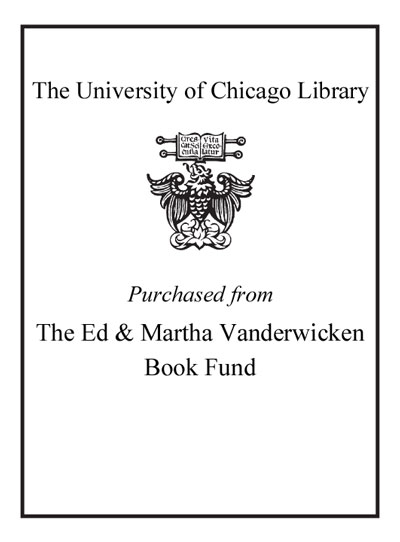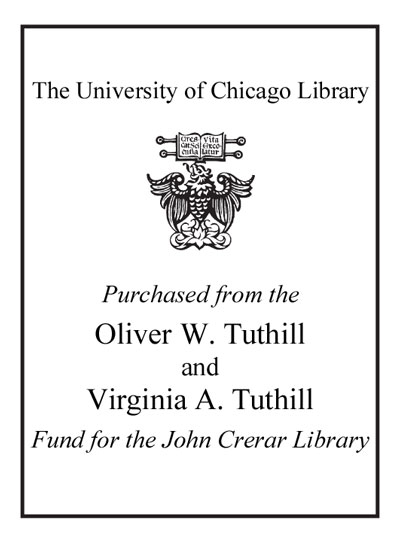Review by Choice Review
"The bends" is a set of painful, debilitating reactions to decompression suffered by divers, miners, and underwater excavators. Compressed-air environments necessary to offset water pressure at certain depths alter respiration, forcing the body to store nitrogen in fatty tissue and nerve cells. Too-rapid decompression releases bubbles of nitrogen into the blood stream and thence to the heart, lungs, joints, or brain. Phillips assembles a wide array of information and anecdotes to explain the biology and chemistry of respiration and early attempts at diving. He contrasts the systematic attempts of medical scientists to understand and treat the illness with the profit-driven pragmatism of engineers organizing large-scale underwater construction. Packed with interesting details and stories, the author explores many side issues, sometimes at too great length. Technical matters are generally explained clearly, although some medical aspects of the bends will be beyond the reach of the lay reader. Phillips makes almost no attempt to place developments in a wider historical framework; the few paragraphs devoted to context are too simplistic. His encyclopedic range and style carry the story forward, while the strong bibliography and useful illustrations complement the readable text. General readers; undergraduates; graduates; two-year technical program students. D. H. Porter; Western Michigan University
Copyright American Library Association, used with permission.
Review by Choice Review



